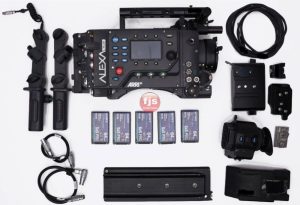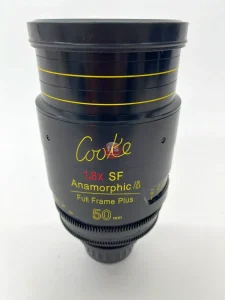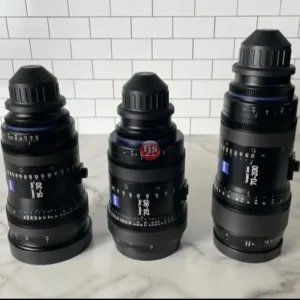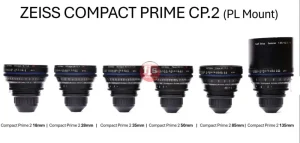Introduction
Master prime lenses are a type of high-end cine lens that are designed for professional film and video production. They are characterized by their superior optical performance, which makes them ideal for capturing images with great sharpness, contrast, and color rendition.
Sharpness
Master prime lenses are very sharp lenses, even at wide apertures. This is due to the use of high-quality glass elements and precision engineering. The sharpness of master prime lenses is essential for capturing images with fine detail.
Contrast
Master prime lenses also have excellent contrast. This means that they are able to produce images with a wide range of tonal values, from the brightest highlights to the darkest shadows. The contrast of master prime lenses is essential for creating images with a sense of depth and realism.
Color rendition
Master prime lenses also have excellent color rendition. This means that they are able to accurately reproduce the colors of the scene. The color rendition of master prime lenses is essential for creating images that are visually appealing and accurate.
Key features and benefits of master prime lenses
- Superior optical performance: Master prime lenses are made with high-quality glass elements and precision engineering, which results in images with exceptional sharpness, contrast, and color rendition.
- Smooth focus and aperture rings: The focus and aperture rings on master prime lenses are designed to be smooth and precise, making them easy to operate. This is important for cinematographers who need to be able to make quick adjustments to the focus or aperture during a shot.
- Wide aperture range: Master prime lenses typically have a wide aperture range, which allows them to be used in low-light conditions. This is a valuable feature for cinematographers who want to capture images with a shallow depth of field.
- Reduced distortion and vignetting: Master prime lenses are designed to minimize distortion and vignetting, which can be unsightly in images. This makes them ideal for capturing images with a wide field of view.
- Durable construction: Master prime lenses are built to withstand the rigors of professional use. They are typically made with metal housings and weather-sealed components, which makes them resistant to dust, moisture, and scratches.
Questions and answers
- Q: How do master prime lenses achieve such good optical performance?
Master prime lenses achieve such good optical performance through the use of high-quality glass elements and precision engineering. The glass elements are carefully selected and designed to minimize chromatic aberration and other optical distortions. The lenses are also meticulously assembled and calibrated to ensure that they perform consistently.
- Q: What are the different types of master prime lenses?
There are many different types of master prime lenses available, each with its own unique features and benefits. Some of the most popular types include: * ARRI Master Primes: These lenses are known for their excellent optical performance and smooth focus and aperture rings. * Zeiss Master Primes: These lenses are known for their sharp image quality and natural color rendition. * Cooke S4 Primes: These lenses are known for their smooth bokeh and classic look.
- Q: How much do master prime lenses cost?
Master prime lenses are very expensive, typically costing several thousand dollars per lens. This is due to their high-quality construction and optical performance.
Conclusion
Master prime lenses offer superior optical performance, making them ideal for capturing images with great sharpness, contrast, and color rendition. If you are looking for the best possible image quality for your film or video production, then master prime lenses are the way to go.







